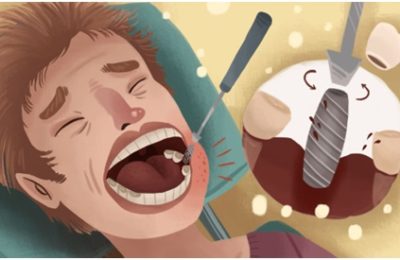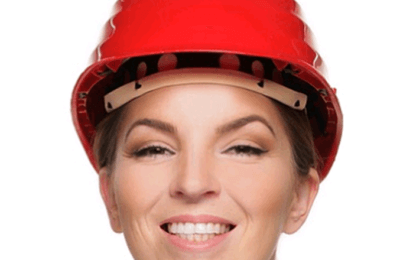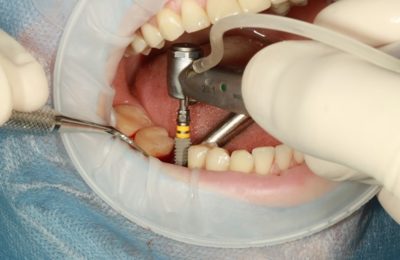Your fascia is smooth and supple when it is healthy. However, your fascia fibres can become like cement when you are sedentary. They also tend to thicken in an attempt to protect the underlying bone or muscle when you are under chronic stress or suffering from an injury. This can also result in adhesions.
There are some other patterns that can negatively affect your fascia such as poor posture, repetitive movement and lack of flexibility. The good news is that by implementing proper techniques, you can reverse any damage done to your fascia.
Here are a few ways to improve your fascia and your health:
- Daily Stretching
Your fascia begins to get sticky when you stop moving for long periods of time such as when you’re sleeping at night. This would explain why you feel stiff in the morning. Then again, adhesions can occur in your fascia if you get injured. These adhesions can become prominent over time and may even inhibit your range of motion.
An excellent daily practice is to take a few minutes in the morning to stretch out your body from head to toe. If you’re not sure what to do just take a few pointers from your cat or dog after it wakes up from a nap. You will notice that they tense their muscles as they stretch.
When you yawn, you’re not only stretching your fascia, but also tensing your muscles. Never force your way through stretching and always ensure that you take it easy. Stretch gently for between 3 to 5 minutes, and relax and hold your breath in.
- Stay Hydrated
A healthy fascia has a jellylike consistency. This tissue works best when it is properly hydrated. So drink enough water and replace fluids that are lost after exercise. You will need to take it a step further since liquid doesn’t get pumped to your fascia the way blood gets pumped to your heart. So this is where stretching comes in. It ultimately gets the fluid moving into your fascia.
Another good idea is adding rhythmic contraction and relaxation to morning stretches as well as other parts of the day. If you are able to do so, headstand or shoulder stand poses can also benefit you.
- Roll It Out
You can further help your fascia by using soft tissue mobilization tools such as a small bowl or soft foam roller. Massaging on your fascia is different than when you use it on your muscles. You need to be gentle and use slow movements, and when you do find an area of tension, hold sustained pressure for between 3 to 5 minutes you may also practice self-massage techniques with the same rules.
- Assisted Fascia Release
Correct flexibility training in the form of assisted stretching is practised at the bendable body in New York. According to experts, osteo and osteopath professionals, it can indeed help your body age in reverse. They also have a YouTube channel, so you have access to this routine irrespective of where you are based. Some other aspects of this assisted fascia training include fascia unwinding, myofascial release massage, active release techniques, kinesis myofascial integration, the Alexander technique, the Feldenkrais method and Rolfing.
Fascia therapies are being embraced by osteopaths, physical therapists, chiropractors and massage therapists. Ultimately, you should decide which option feels right for you. Acupuncture is also an option. You don’t need to be injured to give these techniques a try. Fascial release is also practised by athletes, musicians and dancers as well.













